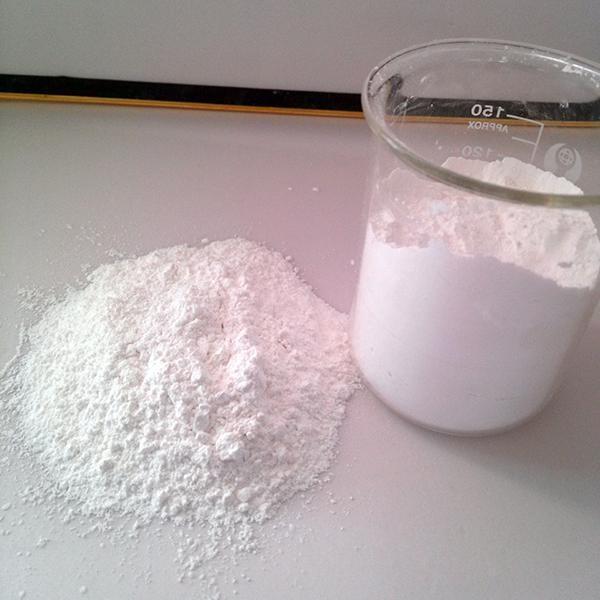Magnesium hydroxide modification: a key strategy to improve the flame retardant properties of polypropylene

Understand the modification methods of magnesium hydroxide in polypropylene and its effects on thermal decomposition behavior and mechanical properties, and explore its application prospects in the field of flame retardant materials.
Magnesium hydroxide (Mg(OH)2), as an environmentally friendly, non-toxic, halogen-free flame retardant, plays an important role in the flame retardant modification of polymer materials such as polypropylene (PP). However, unmodified magnesium hydroxide has poor dispersibility and poor compatibility in the polymer matrix, which may affect the mechanical properties of the composite material. This article will discuss the modification methods of magnesium hydroxide and its application effect in polypropylene.
1. Modification methods of magnesium hydroxide In order to improve the dispersibility and compatibility of magnesium hydroxide in polypropylene, researchers have developed a variety of modification technologies:
· Surfactant modification: By adding surfactants such as fatty acids and stearic acid, the surface energy of magnesium hydroxide is reduced and its compatibility with the polymer matrix is improved.
· Coupling agent modification: Using silane coupling agents, titanate coupling agents, etc., to promote the chemical bonding between magnesium hydroxide and polypropylene and improve the interfacial bonding force.
· Microencapsulation: Encapsulate magnesium hydroxide in microcapsules to improve its dispersibility, control the release of flame retardants, and improve flame retardant efficiency.
· Composite modification: Used in combination with other flame retardants (such as phosphates, zinc borates) or additives, the synergistic effect improves the flame retardant effect while maintaining or improving mechanical properties.
2. Effect on thermal decomposition behavior of polypropylene Modified magnesium hydroxide can significantly improve the thermal stability of polypropylene and delay its thermal decomposition process. Its mechanisms include:
· Endothermic decomposition: Magnesium hydroxide decomposes and absorbs heat at high temperatures, reduces the surface temperature of the material, and inhibits combustion.
· Release of moisture: The released moisture reduces the surface temperature of the material and further inhibits combustion.
· Formation of a protective layer: The magnesium oxide (MgO) residue produced by decomposition forms a protective layer on the surface of the material, isolating oxygen and heat and preventing the spread of flames.
3. Effect on mechanical properties The modified magnesium hydroxide is more evenly dispersed in the polypropylene matrix, reducing the stress concentration caused by agglomeration, thereby improving the tensile strength, elongation at break, and impact toughness of the composite material. Appropriate modification methods can also reduce the amount of magnesium hydroxide filling, avoiding the negative impact of excessive filling on the rigidity, elasticity and processing properties of the material.
Modification of magnesium hydroxide is a key strategy to improve its flame retardant effect in polymers such as polypropylene and maintain or improve mechanical properties. Through surface treatment, composite modification and other means, the compatibility of magnesium hydroxide with the polymer matrix can be significantly improved, thereby optimizing the overall performance of the composite material. This not only provides a wider application prospect in the field of flame retardant materials, but also provides new ideas for the development of environmentally friendly materials.








